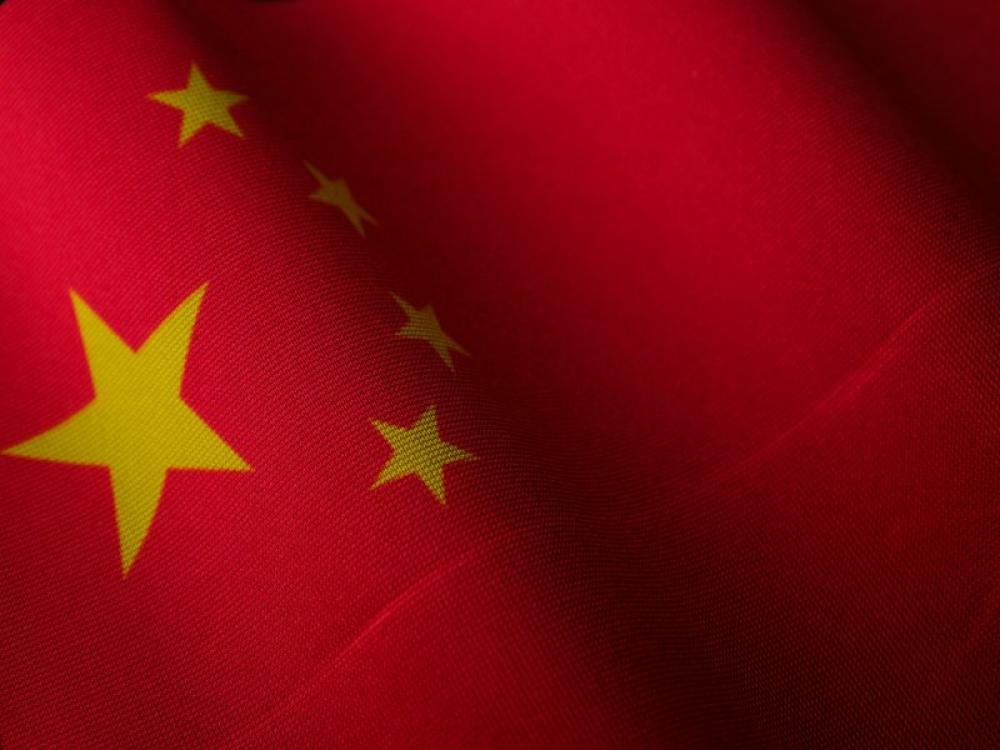Just Earth News | @justearthnews | 14 May 2025, 02:28 pm Print

Serious performance issues have hampered China’s ambitions of becoming a top defence exporter (Image credit: Unsplash)
India’s sweeping military offensive against Pakistan, which resulted in the destruction of nine terror sites, the disabling of air defence systems, and the targeting of more than a dozen air bases, has sent geopolitical shockwaves far beyond the subcontinent, The Economic Times report.
Among the clearest consequences is the severe blow to China’s reputation as a global arms supplier.
John Spencer, a well-known expert in modern warfare, characterised India’s assault as a crushing triumph.
“This was not symbolic force. It was decisive power, clearly applied,” he wrote on X.
"After just four days of calibrated military action, it is objectively conclusive: India achieved a massive victory. Operation Sindoor met and exceeded its strategic aims—destroying terrorist infrastructure, demonstrating military superiority, restoring deterrence, and unveiling… https://t.co/YvxCjaJJRs
— John Spencer (@SpencerGuard) May 14, 2025
Pakistan’s defeat—marked by its call for peace and the failure of its key defence systems—has also exposed serious deficiencies in Chinese-supplied weaponry, which makes up nearly 80% of Pakistan’s arsenal.
Satellite imagery and battlefield evidence have suggested that despite speculation, Chinese jets did not shoot down India’s Rafale aircraft, and critical systems like the HQ-9 air defence and PL-15 air-to-air missiles underperformed or failed outright.
As more details of the operation emerged, Chinese defence stocks plunged by as much as 9% on Tuesday.
This reversed earlier gains fuelled by expectations of increased arms sales to Pakistan during the height of tensions. The sudden downturn reflects growing market unease over the perceived reliability of Chinese weapons.
According to the Stockholm International Peace Research Institute (SIPRI), China accounted for 5.9% of global arms exports between 2020 and 2024, slightly down from the previous five-year period.
Yet nearly two-thirds of those exports went to just one country: Pakistan.
While China aims to expand its footprint in global defence trade, many major importers still shy away from Chinese arms for political and technical reasons.
The outcome of the India-Pakistan conflict may have revealed why, the report said.
Observers point to two possibilities: either China supplied Pakistan with substandard equipment, or its weapons are simply inferior to India’s mix of indigenous systems and imports from Russia, Israel, and Western nations.
For China, which has long aspired to challenge Western and Russian dominance in the defence export market, this episode represents a reputational crisis.
The credibility of its systems—especially those pitched to buyers in Africa, Asia, and Latin America—now faces global scrutiny.
Unless Beijing addresses these performance and reliability concerns, particularly those exposed on the battlefield, its ambitions to become a top-tier arms exporter will likely remain unrealised.
Defective quality threatens China's arms exports
Over the last two decades, China has become the world’s fourth-largest arms exporter, trailing only the US, Russia, and France.
Despite this, serious performance issues have hampered China’s ambitions.
Myanmar, for instance, grounded most of its Chinese jets due to poor radar performance and unresolved defects years after delivery.
Nigeria was forced to return seven out of nine Chengdu F-7 fighters due to maintenance woes. Even Pakistan, China’s closest strategic partner, reported critical issues in its Chinese-made F-22P frigates, including engine failures, sensor faults, and missile guidance flaws.
These repeated shortcomings continue to cast doubt on the credibility of China’s defence exports.
China’s defence credibility hit as PL-15 and HQ-9 systems falter in Indo-Pak conflict
The poor battlefield performance of China’s flagship military exports—the PL-15 air-to-air missile and the HQ-9 air defence system—has raised serious concerns about the credibility of its defence technology.
During the recent India-Pakistan conflict, PL-15 missiles fired by Pakistan’s J-10C jets either missed targets or malfunctioned, with some reportedly landing in Indian territory.
This challenges China’s claims about the missile’s precision and advanced guidance, especially when pitted against India’s Rafales and Su-30MKIs.
Similarly, the Chinese HQ-9 system failed to intercept any Indian missile or aircraft during Operation Sindoor, despite multiple airstrikes on high-value targets.
The failure suggests deeper flaws in detection and response capabilities, weakening its appeal to potential buyers in Africa, the Middle East, and Southeast Asia.
China’s efforts to market the J-10C also took a hit, as claims of Indian aircraft losses remain unverified. India has denied losing any Rafales, while reports indicate successful engagements against Pakistani jets, likely J-10Cs.
These setbacks cast a shadow over China’s global arms export ambitions, particularly in markets where reliability and combat performance are key.
While Chinese weapons are often priced competitively, their inability to perform under fire could drive buyers toward Western or Russian alternatives.
The conflict has exposed the gap between China’s defence marketing and real-world effectiveness, denting its bid to be seen as a top-tier arms supplier.
- Why Apple suddenly wants millions of iPhone users to quit Chrome today
- Deadly decision on Grossglockner: Austrian man charged after girlfriend freezes to death
- Ray-Ban Meta (Gen 2) Launch in India: Check out specifications
- Apple Watch can now alert you about high blood pressure—Here’s what’s new in India
- Spanish tourist stabbed at Berlin Holocaust Memorial testifies in terror trial



-1763561110.jpg)


